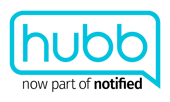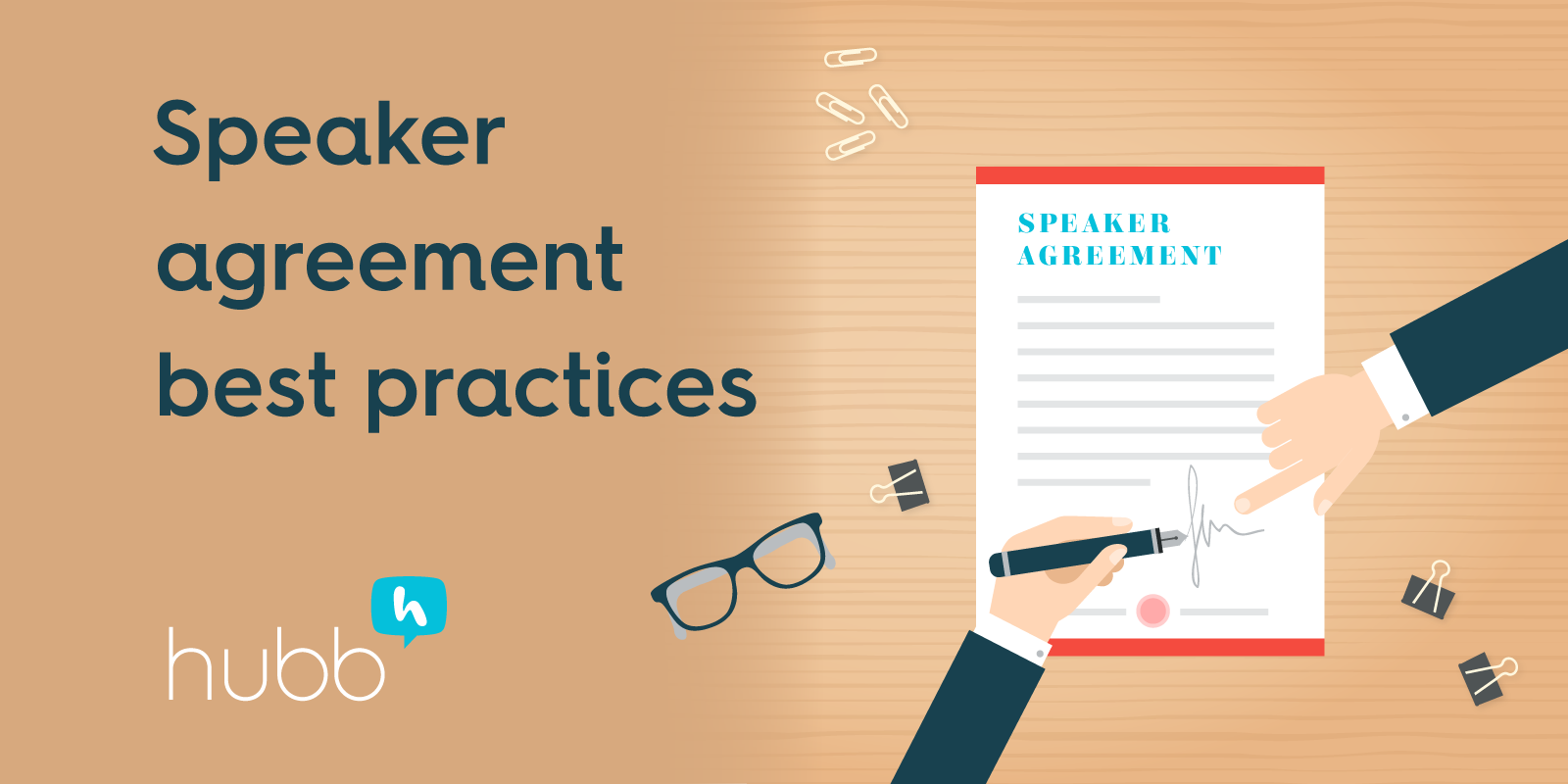
Did you know that more than 66% of conference attendees make the decision to attend a conference only after seeing the session content and learning about your event speakers? That means your call for speakers process is crucial.
There are hundreds of industry events to choose from each year, and of course you want people to pick yours! So if more than two-thirds of people are making decisions to attend based on your speakers, event content is closely tied to the success of your event.
The call for content, AKA “call for submissions” or “call for speakers,” is part of your important content work stream. Event content is the material you gather while building your conference program, such as session abstracts, speaker profiles and presentation decks.
With that in mind, here are the steps for a successful call for content process:
1. Establish your event content team
Pick people who represent key products, topics and stakeholders to help you brainstorm and plan the themes or tracks. This team can also help you structure your call-for-content submission form. As part of this research, consider polling past event attendees about which topics they consider to be most relevant to their work and lives.
2. Build your call-for-content form
This data helps you select your speakers, but it also helps attendees plot their journeys once they’re at your event. The fields you select on your form should also allow your content team to group their sessions. Keep your forms as simple as possible, opting when you can for single-select or multiple-select drop-down menus. Here are a few of the fields you might consider:
- Track category
- Presentation type (keynote, breakout, demonstration, panel, paper, poster, professional development, round table, etc.)
- Audience (This where your attendee personas come in handy. Us them to create drop-down selections.)
Here is what we want to help you avoid: Unintuitive forms with confusing instructions that don’t collect relevant information for event planners to make smart decisions.
In addition to your form, your call-for-content page should also include basic information for potential conference speakers, such as:
- Conference goals and audiences
- Evaluation criteria
- Compensation
- Deadline for application
- Acceptance/rejection notification dates
- Who to contact if speakers have questions
Just remember, don’t ask for information you aren’t going to use. For example, if you only have time to check one reference, don’t ask applicants to provide three references. Limit your information gathering to the minimum amount of fields you need. That will reduce the barriers that might otherwise deter people from applying to speak at your conference.
3. Publicize your call for content
You can have the most amazing call for speakers landing page in the world, but it’s meaningless if no one applies. Begin publicizing your CFP early enough for people to have adequate time to assemble their applications. Roughly six weeks in advance of the deadline is a good rule of thumb. When you’re ready to begin promoting your page, reach out to past speakers and directly contact industry experts you hope will attend—everyone appreciates the personal touch!
Building a solid call for papers is crucial if you want your event to be successful. Build out the foundation for this process correctly, and your event will grow!
Interested in learning more best practices around event content? Check out our infographic, Event Content by the Numbers.
You know what else can help you crush your content process? Hubb’s content management system.





![[Infographic] Event content by the numbers](https://1925165.fs1.hubspotusercontent-na1.net/hubfs/1925165/EventContent-by-the-Numbers-Social.png)

